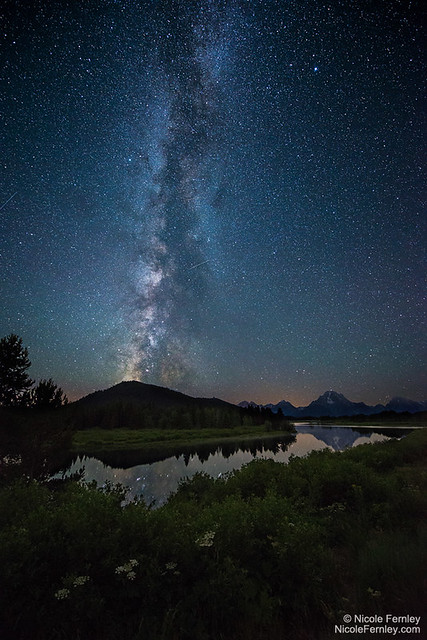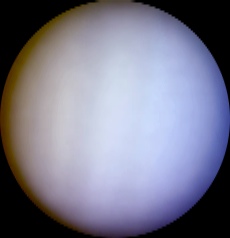I think I'm confused about wide-angle work and focusing on the Milky Way but then trying to shoot specific stars and nebulae… I can't quite see doing both...
I shoot the Milky Way often with a wide-angle lens—no equatorial mount required for that, as I'm guessing you already know.
I've been learning to shoot specific stars and nebulae (and faraway galaxies!) with telescopes and CCD cameras at the physics observatory of our nearby university, so I understand the need for the equatorial mount for those "close-ups"... I think I'm just thrown by "wide-angle" in your opening. With a telescope, I think there is no longer such a thing as wide-angle (or at least, I guess it's very relative in terms of field of view), and you will get only tiny portions of Milky Way. So…are you mounting a telescope on your camera? Is that why you need the equatorial mount?
Maybe the problem with my understanding that when I think "Milky Way photography" I think of this kind of photo:
 Milky Way over Oxbow Bend by nbanjogal, on Flickr
Milky Way over Oxbow Bend by nbanjogal, on Flickr
But you perhaps are trying to do this kind of photo?:
M42, Orion Nebula – Tinyblue Observatory
(Holy cow--had a look at this website--this guy is amazing.)
Well, despite my confusion, our instructor at the observatory has promised us a list of consumer versions of the equipment we use there, so when I get that, I will be happy to pass those recommendations on.



 Sign In
Sign In Create Account
Create Account




 Back to top
Back to top Report
Report













